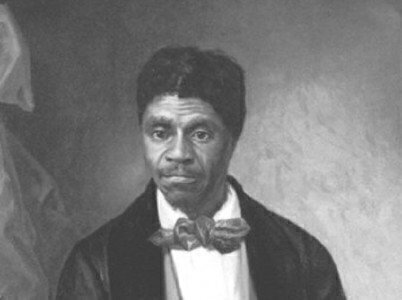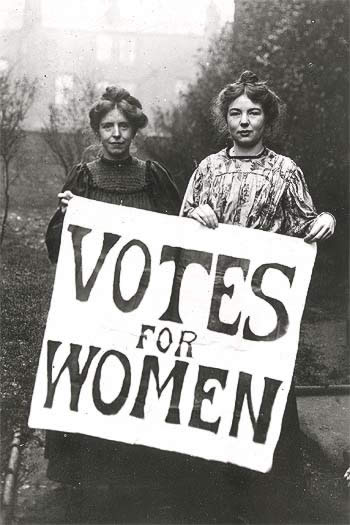1. The democratic principles at the beginning are that all men and women are created equal and that both have certain inalienable rights such as life, liberty and the pursuit of happiness. These rights were stated in the Declaration of Independence, the were reinvented in the Declaration of Sentiments and included women.
2. Grievances in the Declaration of Sentiments include that men force women to succumb to laws under which they have no control, men take away rights to property from women, men have taken all profitable employment, they deny women access to education and men help create the laws of divorce so that they have power. These grievances are obviously unfair to woman and they need to be changed
3. The final revolution states that the women feel they are being fair and that they expect this to be faced with a variety of reactions and rejection, yet they hope that is will be followed with efforts of change.
4. The Declaration of Sentiments was signed by people including Lucretia Mott, Elizabeth Cady Stanton, Margaret Pryor, Richard Hunt, and Fredrick Douglass. Susan B. Anthony, however, did not sign the Declaration of Sentiments: not because she disagreed with it but because she was not at the convention.
.
the Declaration of Sentiments was the beginning of the women's rights movements. women would continually fight for the right to vote until 1920 when the 19th amendment was ratified stating the right to vote could not be denied by sex.





.jpg/1200px-Official_Presidential_portrait_of_Thomas_Jefferson_(by_Rembrandt_Peale%2C_1800).jpg)




